Supermicro X12STH-LN4F Block Diagram
Here is the block diagram, and there is certainly something different here.
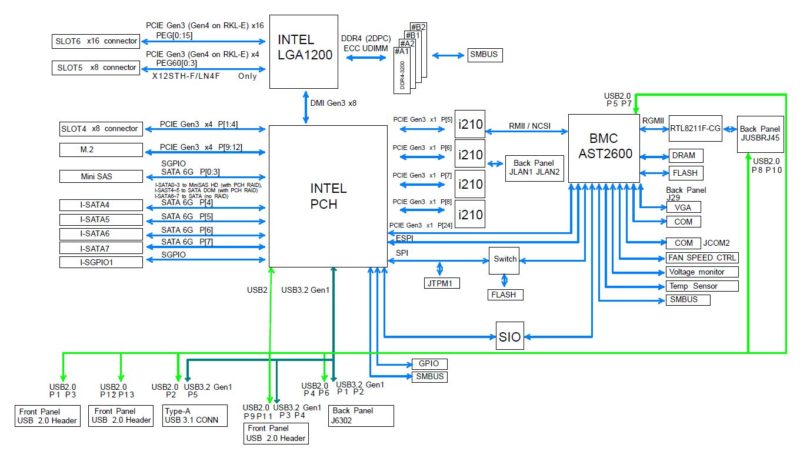
This is one of the few block diagrams for server motherboards that we see that has a larger Intel PCH block than the CPU block. The CPU itself only has the DDR4 memory and PCIe Gen4 slots attached directly. The rest of the system is handled through the Intel C256 PCH.
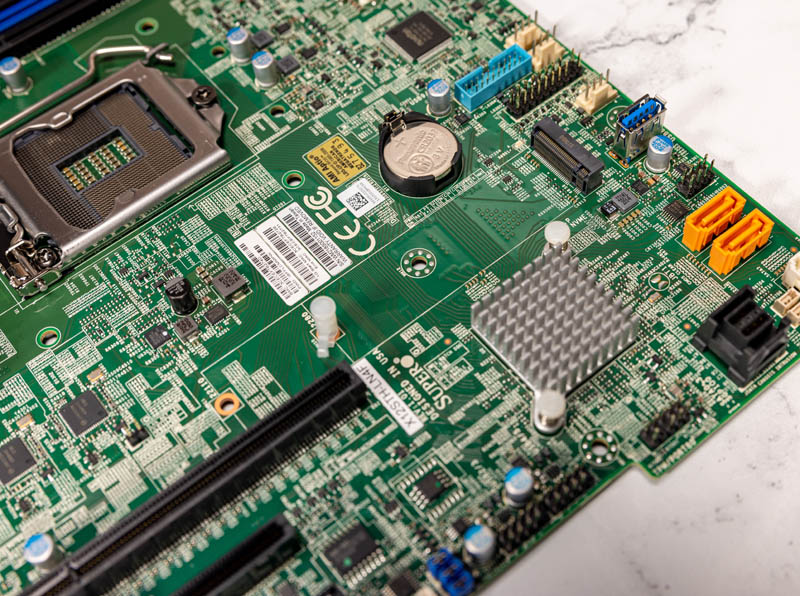
All of that I/O is a big reason that we see a decent size heatsink on the PCH even after generations of a PCIe Gen3 PCH in this segment.
Supermicro X12STH-LN4F Management
Management is the new standard Supermicro IPMI solution. As you may have seen in the block diagram above, this generation now has the ASPEED AST2600 BMC. As a result, we get a faster processor which means we also get a refreshed management UI.
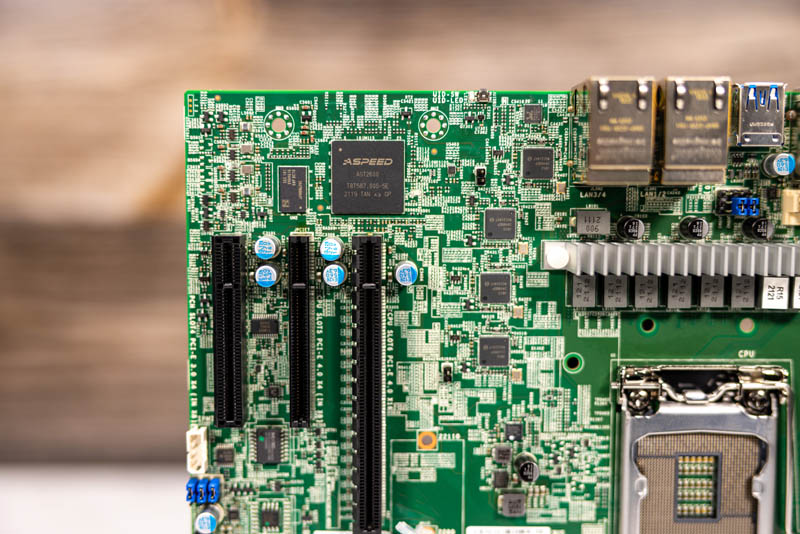
This is a refreshed IPMI solution that feels more modern starting with the company’s 12th generation (X12) products.
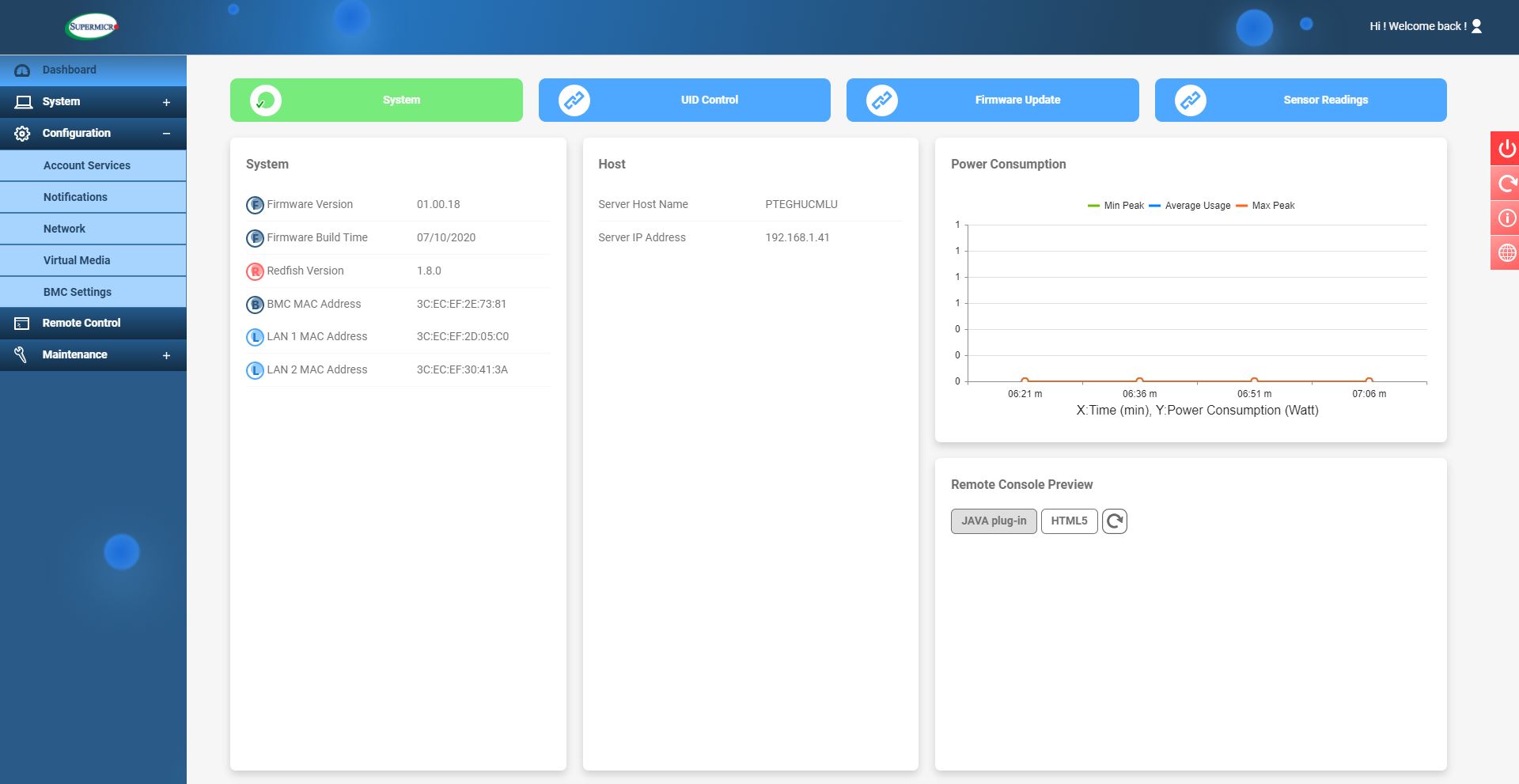
As a quick note, this system from Supermicro shipped with a BMC unique password feature enabled. In the future, these systems will have a unique password due to a California law mandating the practice. You can read more about that in Why Your Favorite Default Passwords Are Changing or see the video:
This password is both on the motherboard as well as the CPU socket cover. In a system, these can be placed on the service tag. When there is only a motherboard, the idea is that the sticker on the CPU socket cover gets relocated to the service tag or somewhere on the system that the motherboard cover gets installed into.
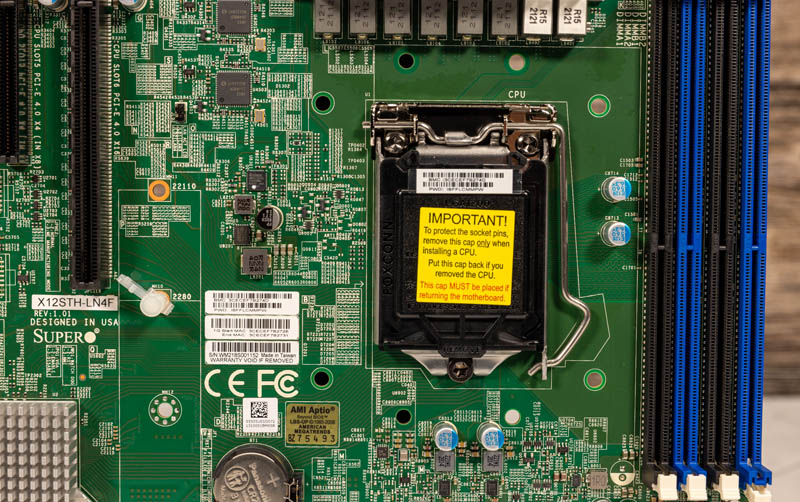
Supermicro has a relatively strict password setup compared to many of its peers. If you have a letter-number-character combination that the firmware does not like, it will not let you change the password. If there is something else in the password the system does not like, it will not let you change the password. One feature that needs desperate attention is that there need to be password validation guidelines next to the “Add New User” dialog box. Otherwise, you get into a cycle where you are trying to add a password (that will work on systems from other vendors) and you will be told that the password does not meet requirements, but have no idea why. Given that the default ADMIN password is already randomized and unique by default, this is a challenging task to complete and is harder than on competitive vendor’s products. Supermicro’s firmware team needs to fix this, but luckily it is a firmware fix, not a hardware fix so it may change over time.
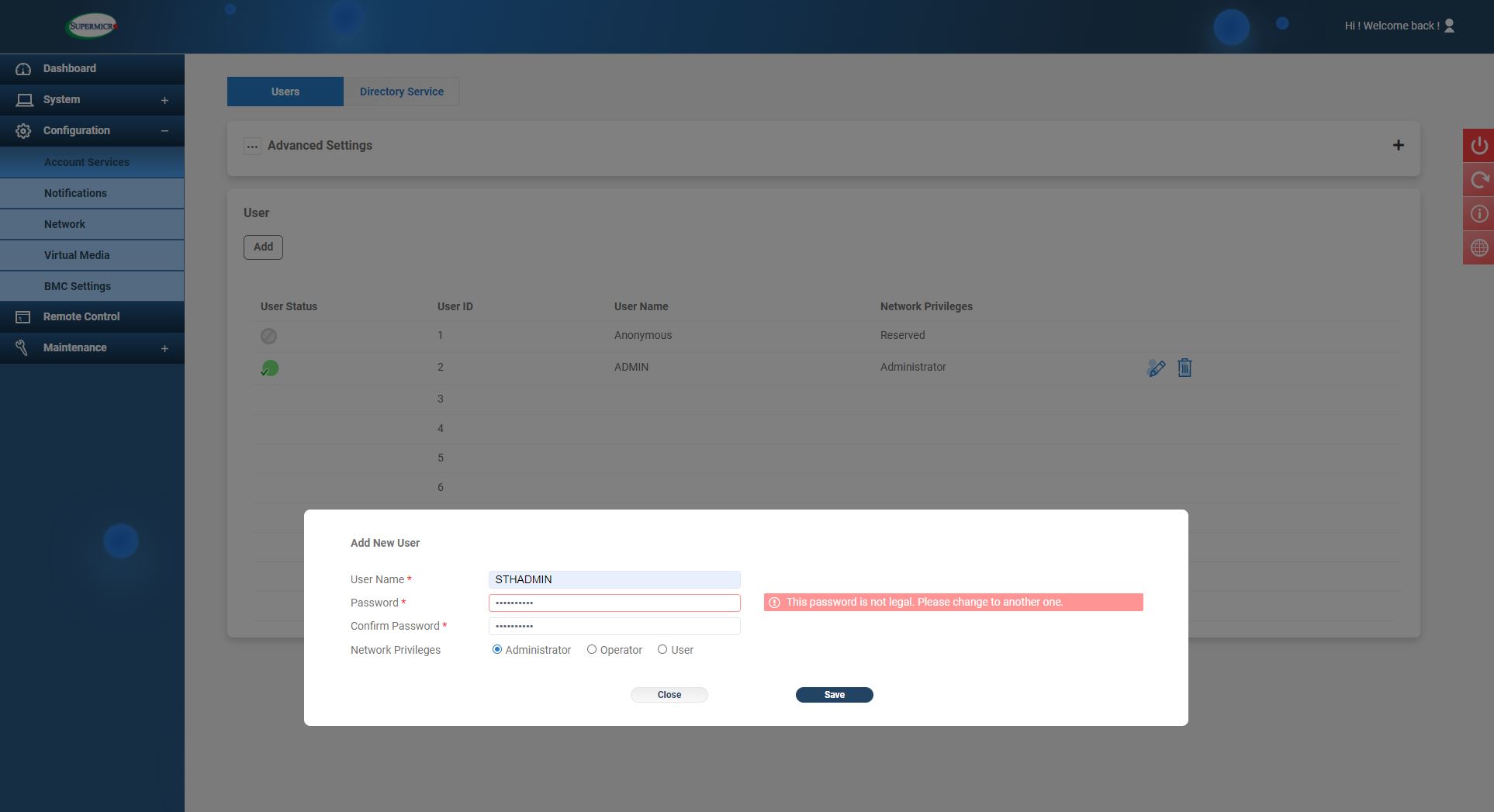
One can select features such as JAVA or HTML5 iKVM. The HTML5 iKVM we could not get virtual media running with. Hopefully, this is coming as other vendors have been a bit ahead of Supermicro in this area.
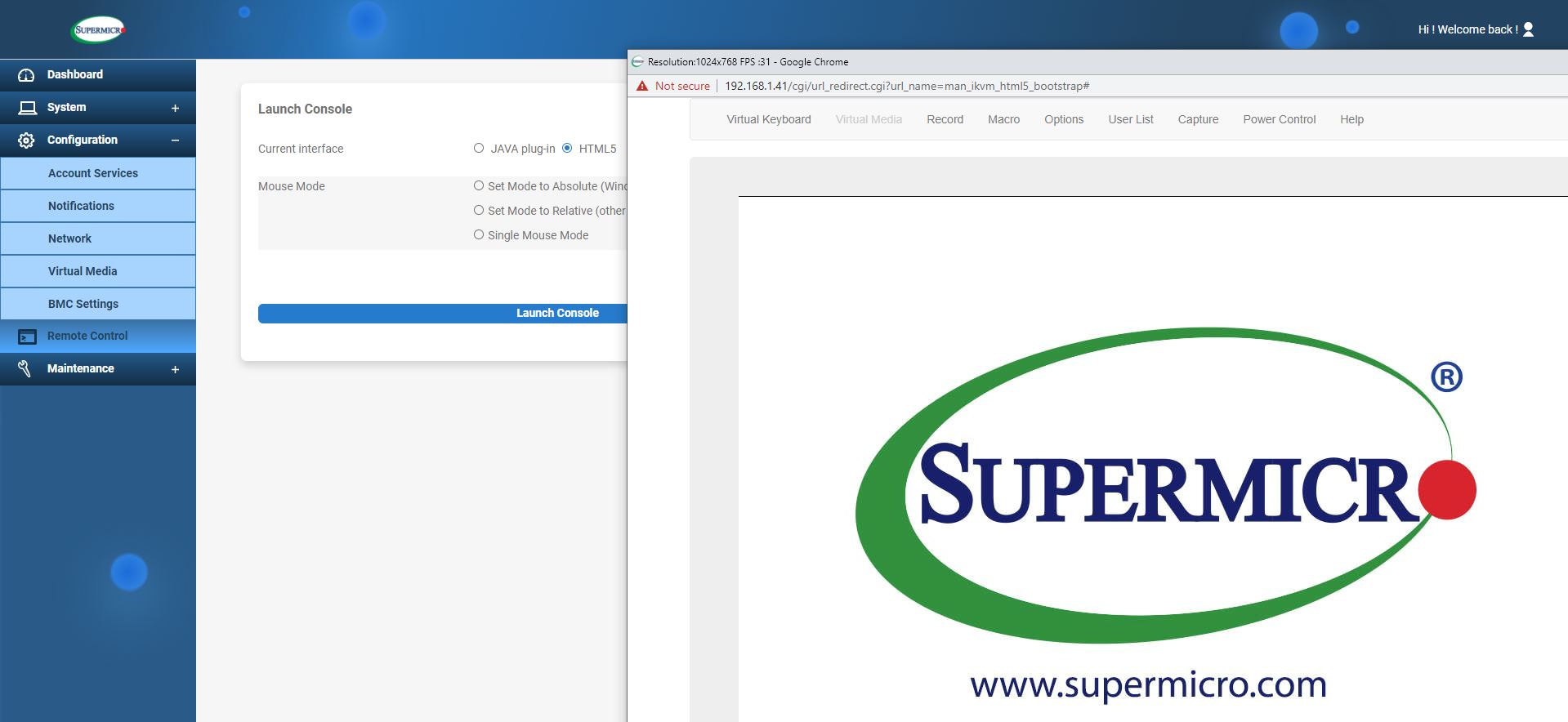
The old Java KVM still has remote media, and one can always just mount media from a network share which is usually faster. Still, we know our readers rely on this feature.
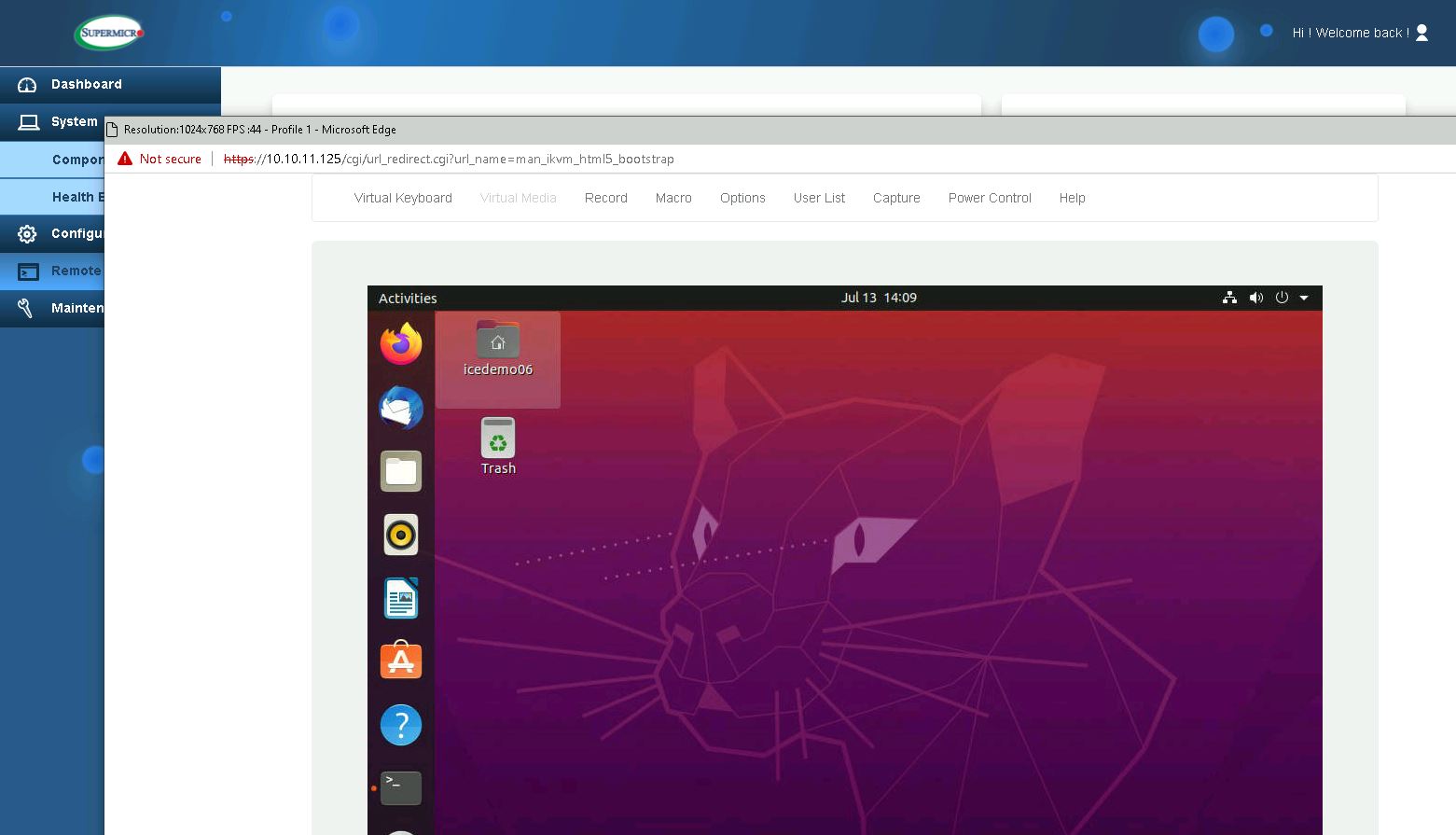
Overall, this is a huge feature for the server. Many competitive systems from Dell, HPE, and Lenovo charge extra for iKVM with remote media support so having this included is great.
Next, we are going to look at performance before getting to our performance, power consumption, STH Server Spider, and our final words.



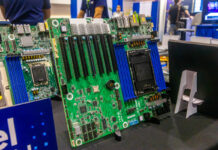
Due to the lack of 10GbE ports SM lost my business this round.
“Power Consumption idle of around 28W” – can You confirm – its WITH what CPU? Or no CPU???
Does the X12STH-LN4F in combination with an Xeon E-2356G (iGPU) allow video output on IPMI (BMC as video source) while passing through the iGPU of the CPU to a VM?
I read about previous Supermicro boards which can only passthrough the iGPU to an VM or output the video signal via IPMI, but not both simultaneously.
Any chance we see a deep dive into the X12STW-TF?
Vidmo would not be the only one to appreciate the 10GbE ;-)
Surprised to see M.2 still on PCIe gen.3! But I guess you could insert a PCIe M.2 adapter card in one of the slots if you really need M.2 PCIe gen. 4.
Wonder if it actually make any difference on database performance, Gen.3 vs. Gen. 4 NVMe?